Diffuser Vs. Air Drying: Which Is Better For Curly Hair?
Pro tips for drying your curls the right way to avoid breakage and damage to their texture.
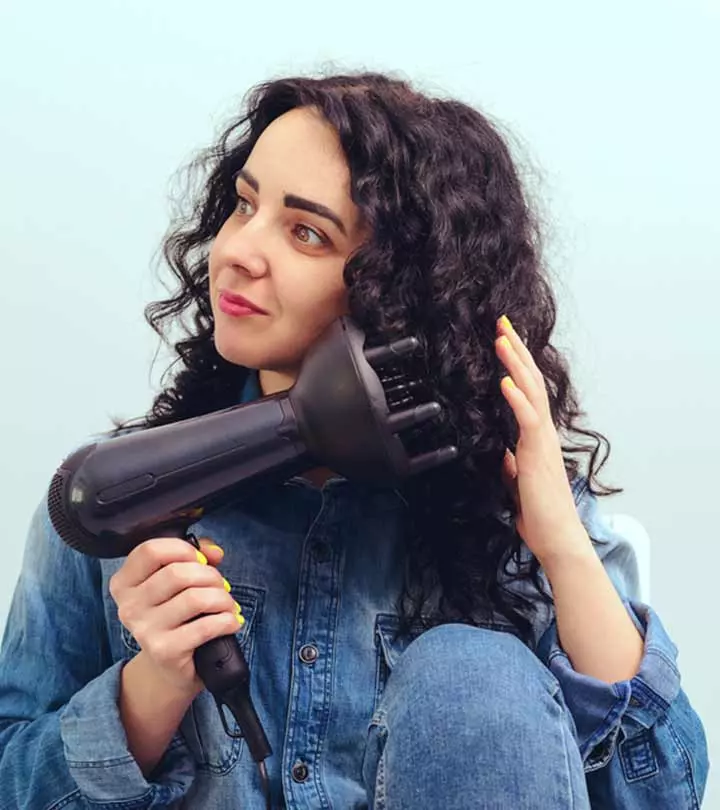
Image: ShutterStock
If you have natural hair, you are familiar with the diffuser vs. air drying debate. The proponents of each method claim it to be the best for natural hair. It is because the way you dry your tresses determines how they look. Diffusers (blow dryer attachments) help define the curls, while air dryers give a natural finish. Both have their pros and cons, and you can choose between these hair tools based on whichever method fits your needs.
If you cannot decide which method is best for your curl type, we can guide you. Read this article to understand the differences between diffusing and air drying and how each can impact hair health and curl definition.
In This Article
Air Drying Naturally Curly Hair
Air drying your hair is going au naturel. Most people consider this the healthiest way to dry their fragile natural hair. Let’s evaluate its advantages and disadvantages.
 Did You Know?
Did You Know?Key Takeaways
- Air drying gives your hair a natural finish but makes it frizzy, while diffusers help you get a more defined curl.
- Air drying eliminates heat damage, but high-porosity curls take painstakingly longer to dry out. This is where blow-drying comes in handy.
- Choosing the right products depending on the hair drying methods you adopt is crucial.
- Apply heat protectants if you opt for blow-drying and pick curl-defining creams if you go for air drying.
The Advantages Of Air Drying
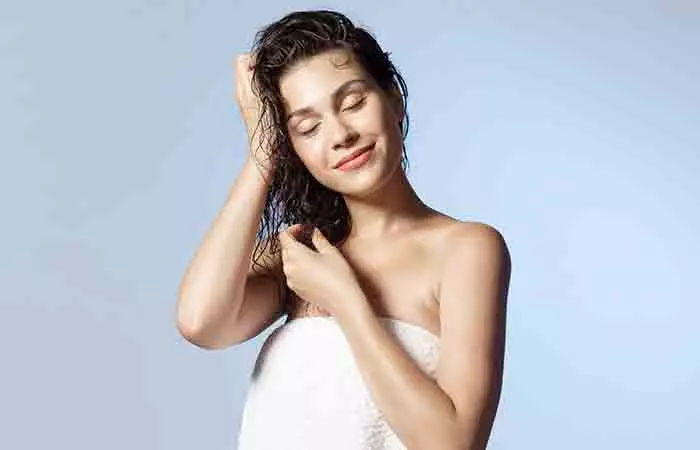
- No Heat Exposure
Air drying the hair is the best way to prevent heat damage. Shampooing often strips the natural oils from your strands, leaving them vulnerable to damage and breakage. Blow drying can further amplify that damage.
- Is Time-Saving
Blow drying your hair takes time and energy, as you must section your hair and then work on each section. On the contrary, you need not do this while air drying. This saves time and effort.
The Disadvantages Of Air Drying
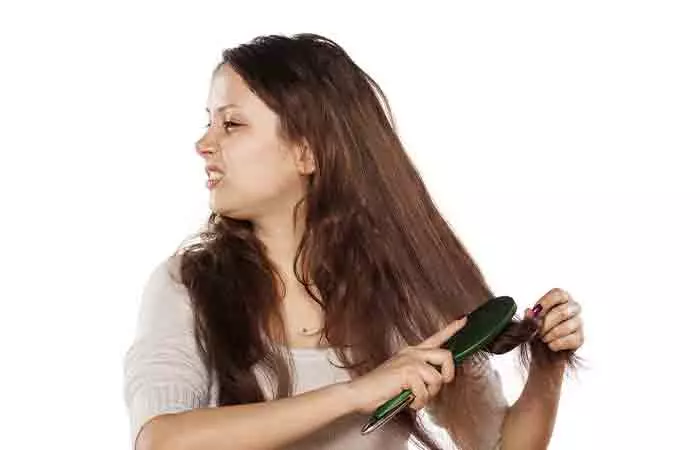
- No Curl Definition
Air drying can make your hair frizzy, and you may lose the shape of your curls. Frizzy curls are unmanageable, difficult to comb and style, and may lead to hair breakage.
- Wet Curls Can Be Uncomfortable
If you have low porosity curls, they may air dry quickly. However, high porosity curls can take forever to air dry, sometimes even an entire day! Staying with wet hair all day long is uncomfortable. Your clothes and pillowcases may get damp, and you may catch a cold or get a headache. Moreover, sleeping with damp and wet hair can lead to microbial activity and an unhealthy scalp.
Rayna, a blogger, shares her take on air-drying her hair, “If I air dry my hair it’s flat, and it takes a FULL day for a complete air dry, and ‘ain’t nobody got time for that (i)!”
If you want to air dry your hair correctly, follow the tips mentioned below.
Tips For Air Drying Curly Hair
- Use The Right Products
Use leave-in conditioners and curl-defining creams to avoid frizz while air drying. Pick products that cater to your hair care needs. Check the ingredients and opt for hair products that contain nourishing and moisturizing ingredients like plant oils, glycerin, and ceramides. Choose leave-in creams and serums that can also double as detangling products. Buy creams that provide a nice slip.
Note: Never skip using leave-in conditioners or moisturizers for your hair, as they help keep your curls hydrated and reduce breakage significantly.
- Utilize The Cool Setting In Your Dryer
If you want to speed up the air drying process, use your dryer on the cool setting to avoid heat damage. Also, apply a serum to prevent frizz.
- Try Plopping
You might have seen the viral trend of people drying their hair wrapped in T-shirts. That is plopping! It involves wrapping your wet curls in a cotton T-shirt to make them dry faster. Beauty vloggers swear by plopping to speed up drying without frizz.
- Use Microfiber Towels
Microfiber towels absorb water quickly and speed up the drying time. They are gentle on fragile hair strands and help minimize friction, tangles, frizz, and breakage. However, instead of rubbing your hair with the towel, wrap it around your head and squeeze gently. Also, try not to touch or scrunch your hair too much while it is drying, as this can lead to extra frizz.
Now that you know everything about air drying let’s see what a hair diffuser can do for your curly hair. However, you should also learn the proper technique for using a hair diffuser to get the best results.
Diffusing Naturally Curly Hair
A diffuser is a bowl-like attachment with multiple nozzles that changes the airflow for even drying. It does not manipulate your curls and helps maintain the curl definition.
The Advantages Of Diffusing
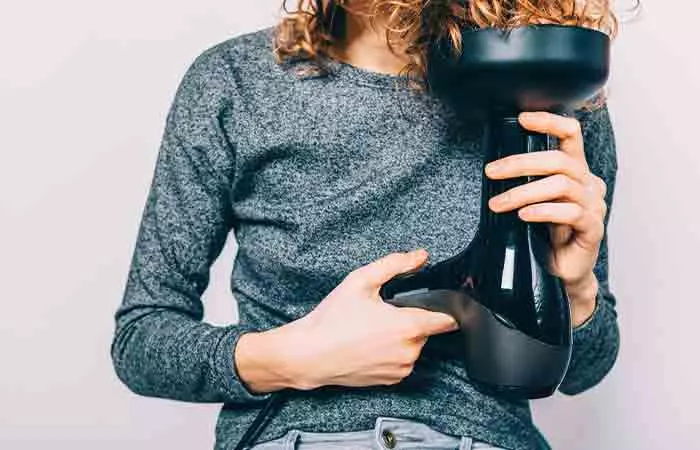
- Curl Definition
This is the main advantage of diffusing naturally curly hair. Using a diffuser and blow dryer helps maintain the original curl shape and add definition to it.
- Quick Drying
A diffuser distributes the air evenly across your tresses, allowing them to dry faster.
- Controls Frizz
A diffuser attachment can combat unruly hair by giving it a better and tighter curl formation. The more defined your curls are, the less frizzy they look.
Rayna says, “When I first diffused, I hated my results! It wasn’t until I kept using it and learning how to use it properly. It takes me about 20 minutes to fully dry my curls (i).”
The Disadvantages Of Diffusing
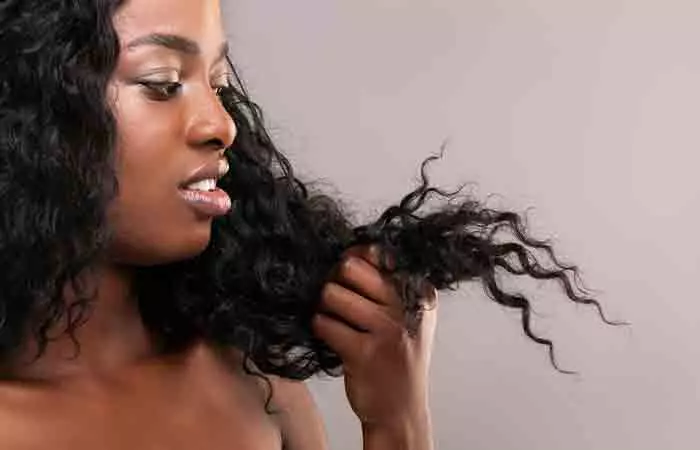
- Creates Volume
Using a diffuser helps increase your hair volume. People with straight and wavy hair may feel happy about it. However, those with curly hair may end up with a poofy mane. Voluminous curls can be challenging to tame and style.
- Heat Damage
Whether you use a diffuser or any other nozzle on a dryer, the problem will always be the heat. Curly hair is more vulnerable to heat styling due to its fragile structure.
However, there are ways to minimize the heat damage and use the blow dryer and diffuser safely.
Tips For Diffusing Curly Hair Safely
- Use A Heat Protectant
Always apply heat protectants to minimize heat damage caused by blow drying and diffusing. They contain silicones and other ingredients that shield the hair to prevent heat damage. Also, use a leave-in conditioner or oil to maintain hydration and less frizz.
- Use Protein Products
Repeated heat damage can lead to loss of proteins in your curls. Add a protein-infused hair product to your routine to repair and strengthen your curls. However, avoid using multiple protein products to prevent protein overload and change in the natural hair texture. Only apply protein products once every 2 or 3 diffusing styles. Any more than that will overload the hair with protein.
- Diffuse Your Hair Correctly
Before you start diffusing your hair, learn how to do it properly to get the desired results. Understand what settings work for your hair. Low heat settings are optimum for fine hair while medium settings are ideal for thicker hair. Adjusting these settings can help you get the right amount of volume and curl definition, while also minimizing potential heat damage. You may watch tutorial videos or consult a professional hairstylist for tips.
 Quick Tip
Quick TipThis was all about diffusing and air drying. If you are still confused about which one to go for, scroll down to the next section.
Diffusing Or Air Drying: Which Method To Follow For Curly Hair?
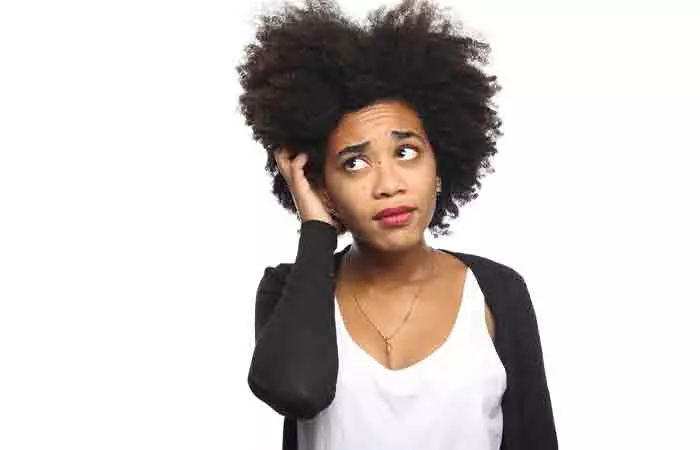
You may choose any of the drying methods, depending on your curl type and convenience. Experiment with both and see which your hair responds better to.
If you have high porosity hair and are in a hurry, you can use a diffuser to speed up the drying time. However, if you have low porosity hair, it can air dry quickly.
None of the methods can affect your hair texture, curl type, and quality if you do it properly, following all precautions, and with the help of the right products. Both methods have their pros and cons. Pick one that suits your daily routine.
Infographic: Diffuser Vs. Air Drying For Curly Hair: Pros, Cons, And What To Choose
Want defined, smooth curls with no heat damage? Well, is it even possible? This is where you are confronted with the eternal dilemma of choosing a diffuser or using the air-drying to get those gorgeous curls. While air-drying might consume more time, it helps reduce hair breakage and protect against heat damage. On the other hand, a diffuser helps cut down the drying time and gives you a bouncy blowout. While the debate seems endless, we want to make your life simpler. Check out the infographic below to learn more about the two and what you need to pick. Illustration: StyleCraze Design Team
When dealing with curly tresses, we are sure you have often wondered, ‘How to dry curly hair the best way, especially at home?’ And that is exactly what we have covered here. We hope this article has helped you settle the diffuser vs. air drying debate and clarified which method may work for your hair. Curly, natural hair can be difficult to manage. Even small decisions like choosing the right way to dry your hair may affect how your locks behave. Therefore, it is best to do your research, try different hair styling and drying techniques, and observe how your mane feels. Ultimately it is all about your preferences, convenience, and how diligently you care for your hair and follow the drying techniques.
Frequently Asked Questions
Can you diffuse hair without a diffuser?
Yes. There are a few DIY methods that mimic the effect of a diffuser. You can cup your hair with your hand and use a hair dryer. You can also use a strainer to use the hair dryer through. Lastly, you can wrap your hair in a T-shirt or a microfiber towel for a curly texture.
Why is my hair frizzy after diffusing?
Diffusing involves heat, which is damaging to your hair texture. Additionally, if you do not apply heat protectant or diffuse your hair using incorrect methods, it can cause further damage to your hair.
Do you diffuse hair with hot or cold air?
Diffusing is done with hot hair to provide definition to the curls. However, you may switch it up with blasts of cold air to balance out the heat treatment.
How wet should your hair be when you diffuse it?
Some people prefer diffusing their wet hair right away. However, it is best to air-dry your hair for 30 minutes to an hour before you start diffusing it. Or you may start when your hair is damp but not completely wet.
Do diffusers work on 4c hair?
Yes. As long as you use the proper technique, diffusers can work wonders on all hair types.
Illustration: Diffuser Vs. Air Drying: Which Is Better For Curly Hair?
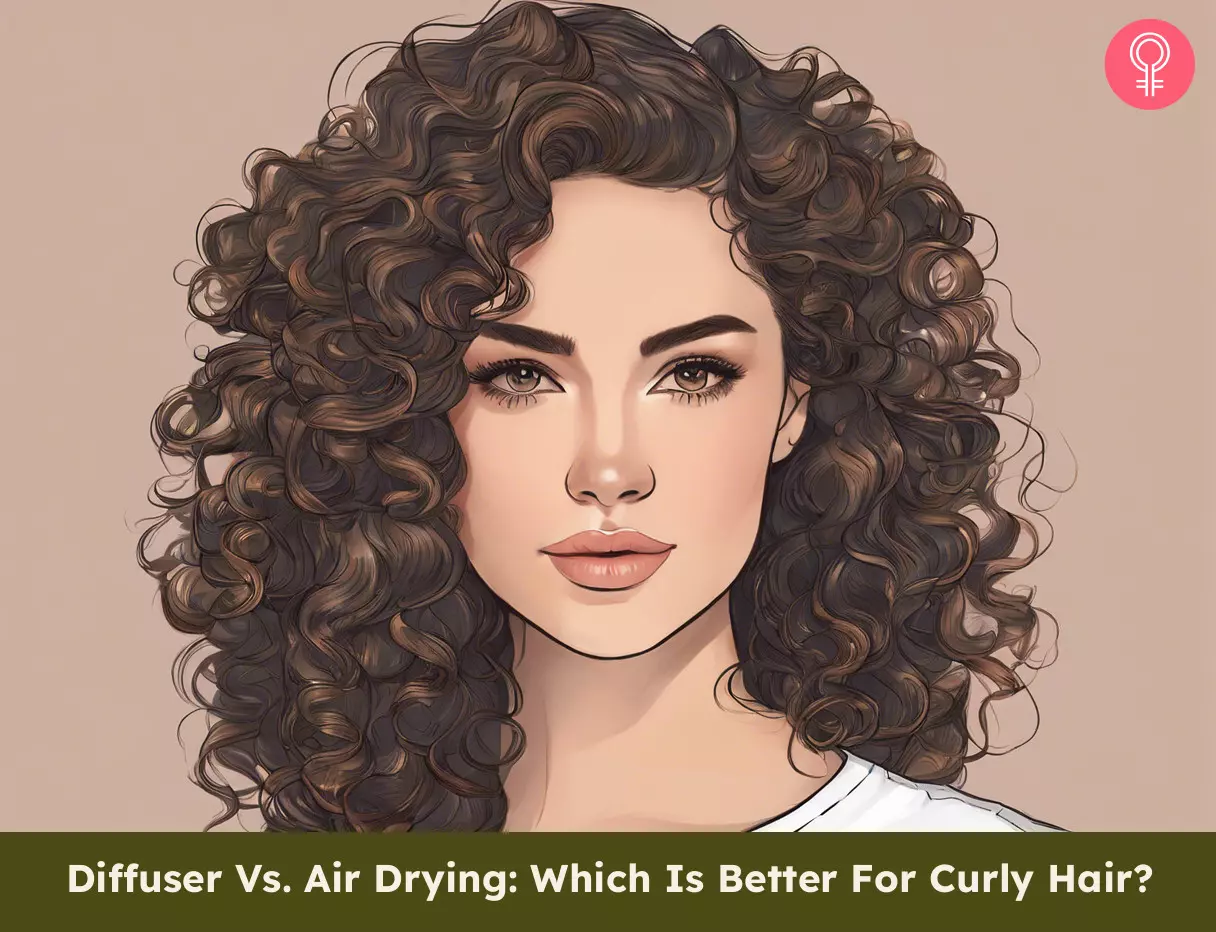
Image: Stable Diffusion/StyleCraze Design Team
Want to know the best way to dry your curly hair? Check out this video and explore the pros and cons of diffusing and air-drying methods. Find the perfect technique for your curls!
Personal Experience: Source
StyleCraze's articles are interwoven with authentic personal narratives that provide depth and resonance to our content. Below are the sources of the personal accounts referenced in this article.
i. To Diffuse or not to diffuse?https://happycurlhappygirl.wordpress.com/tag/curly-hair/
Read full bio of Madison Dufour
Read full bio of Ramona Sinha
Read full bio of Eshna Das
Read full bio of Swathi E







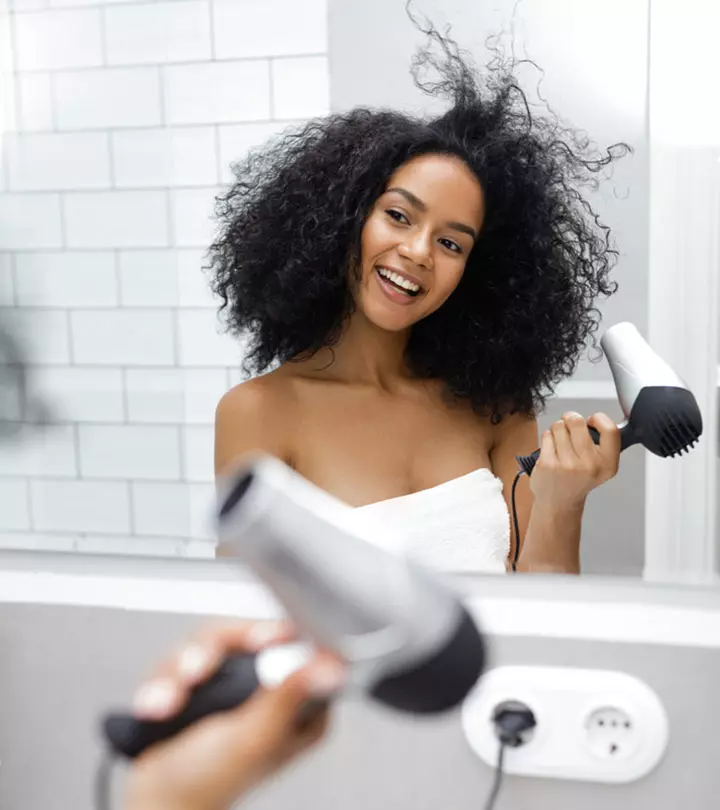
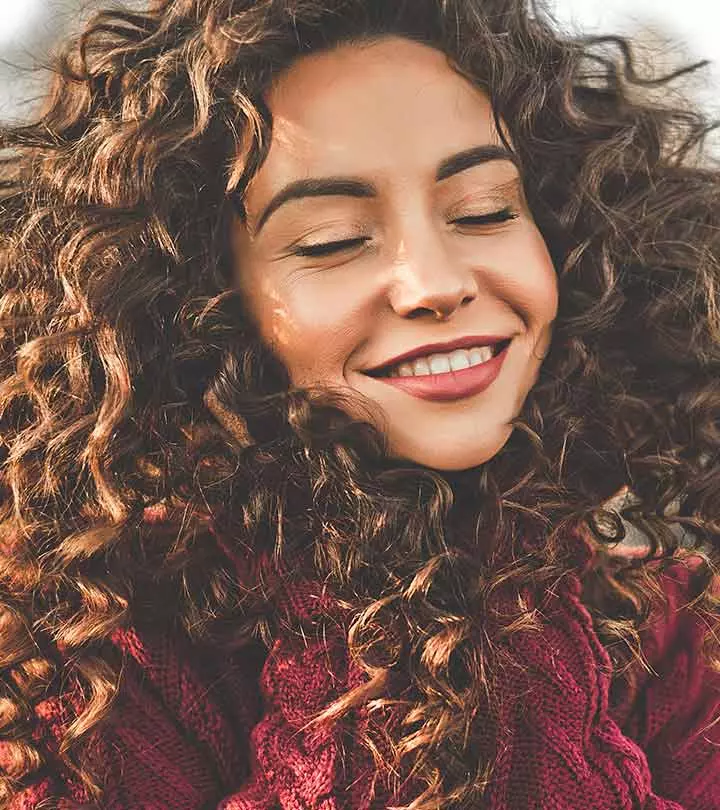
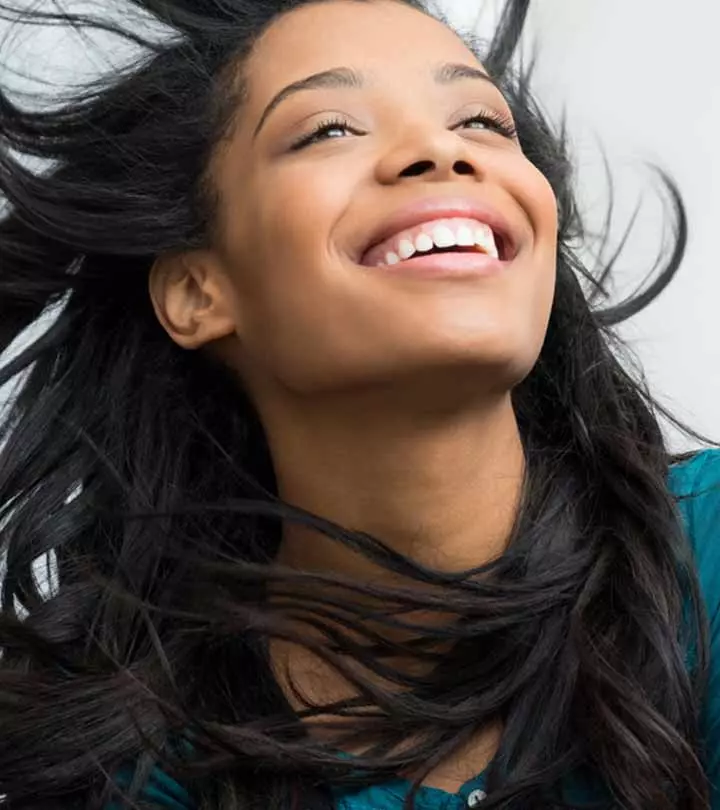
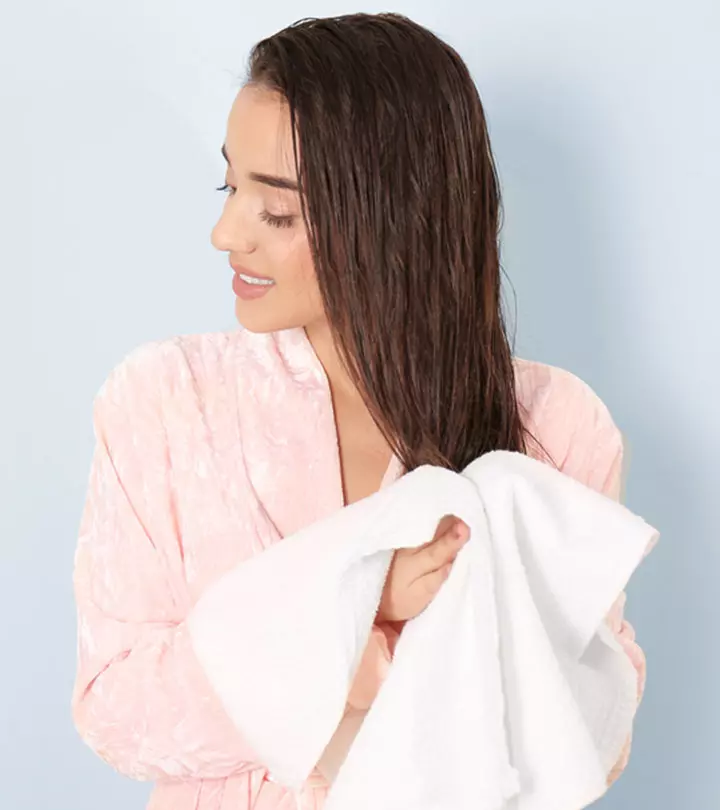
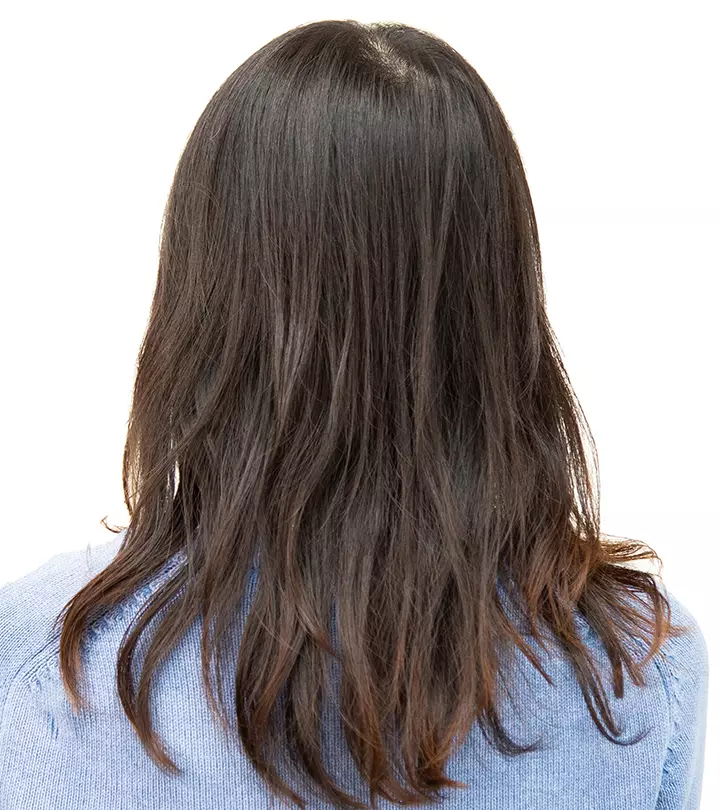
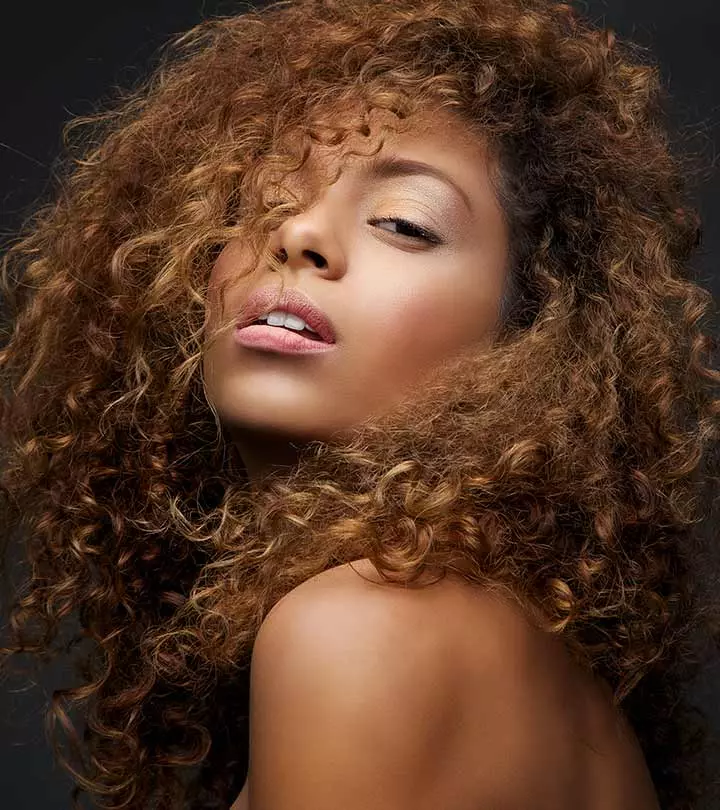
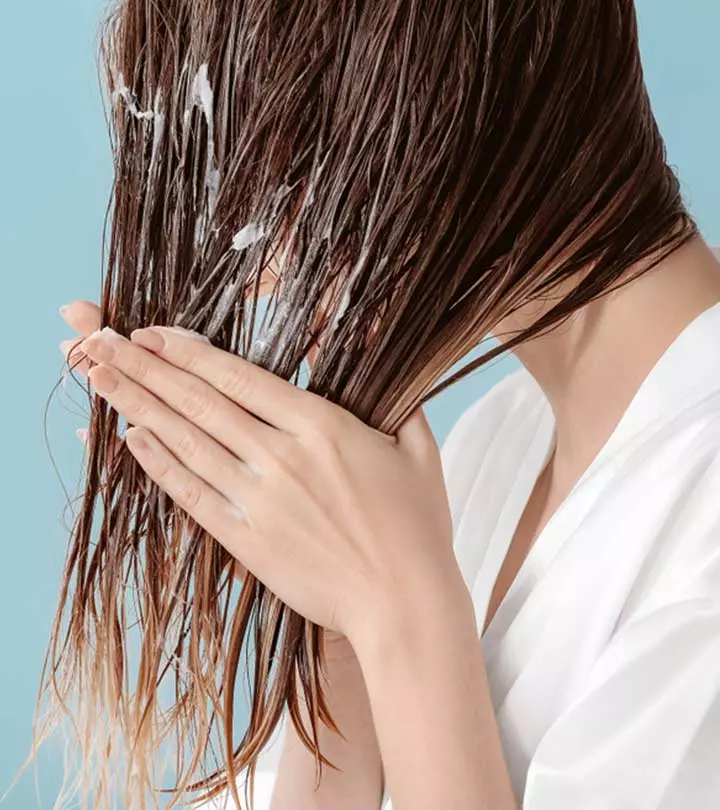
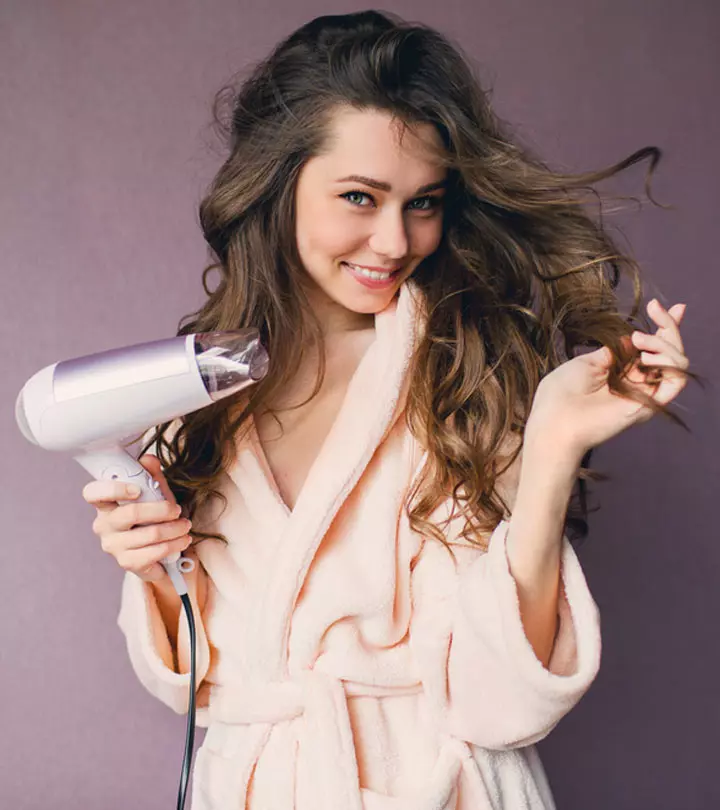
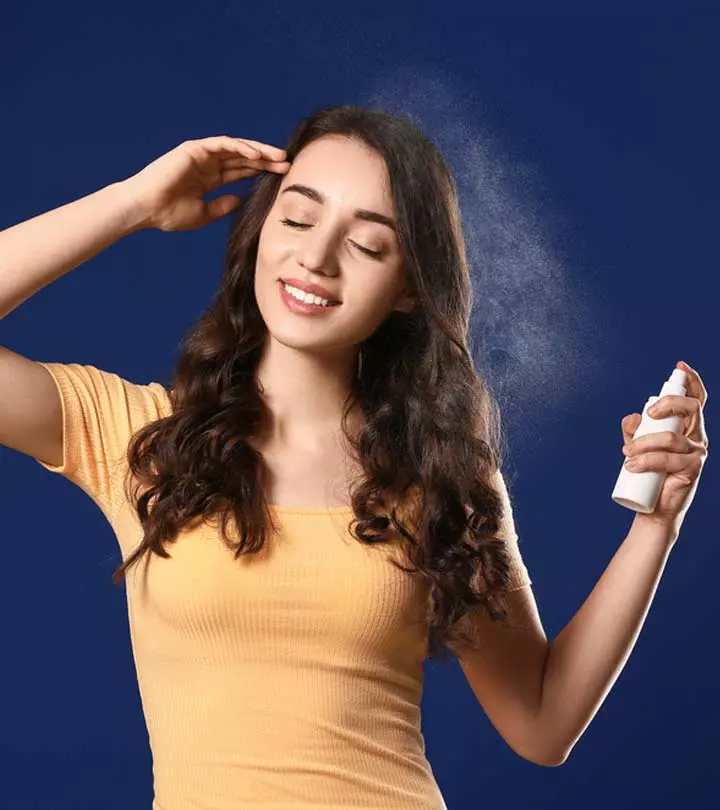
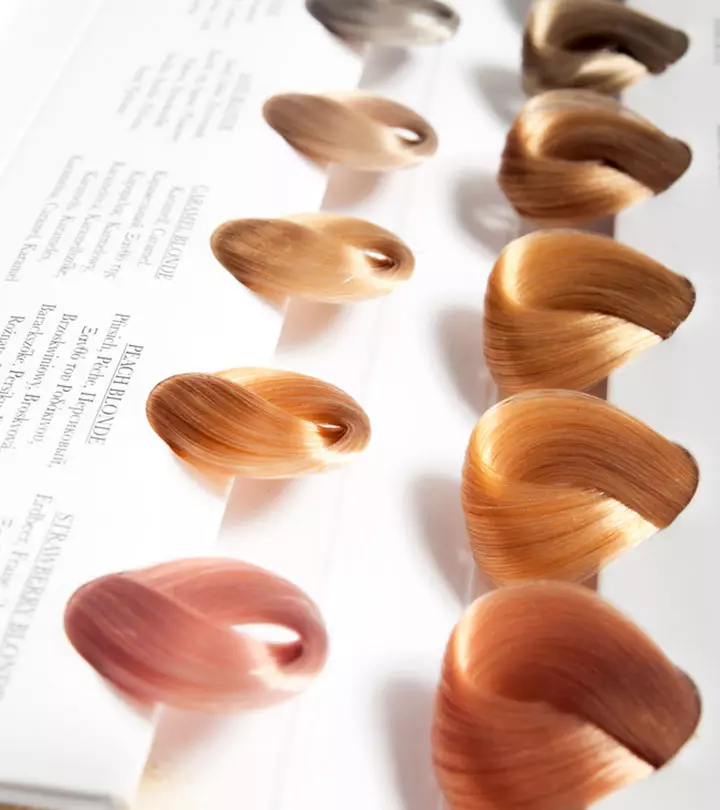

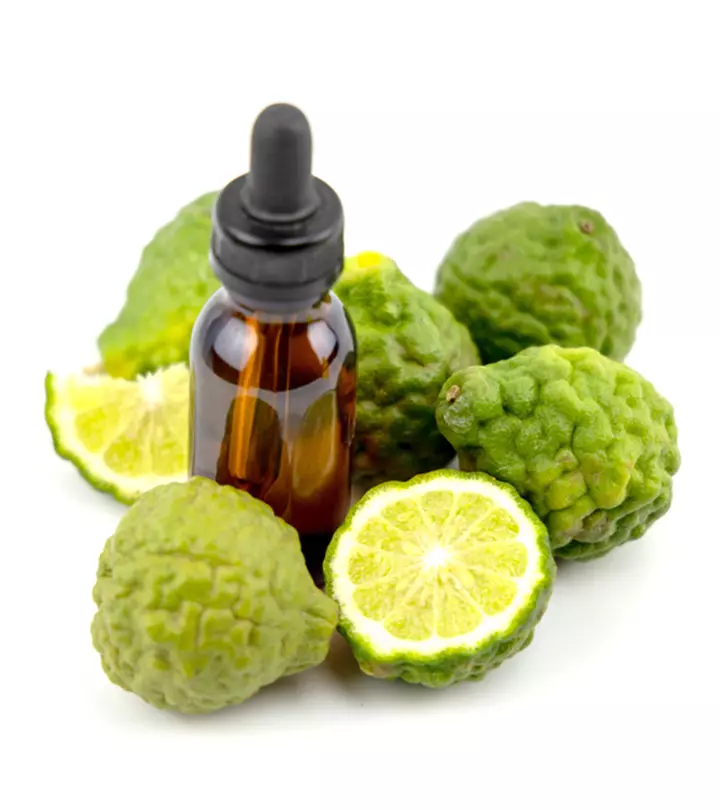


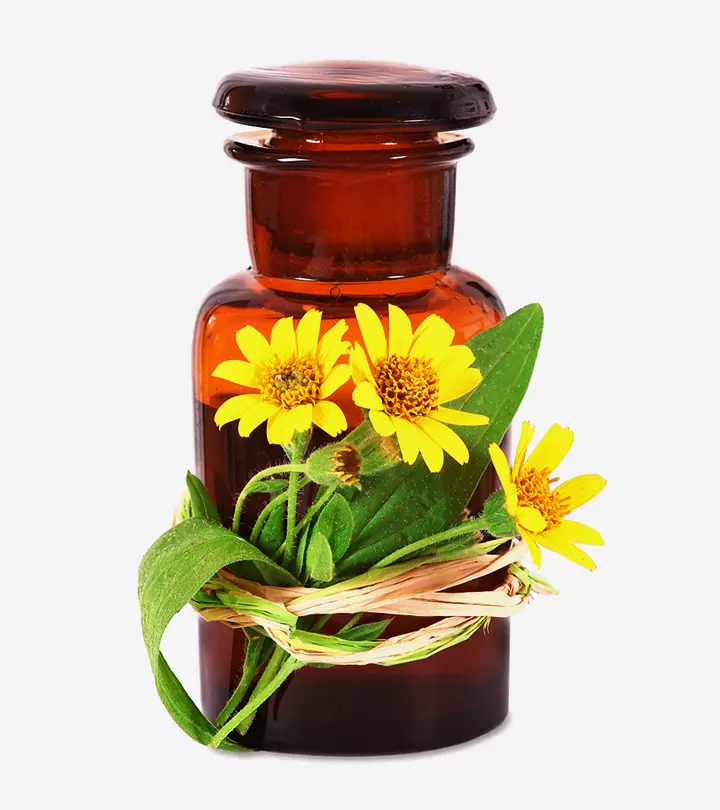
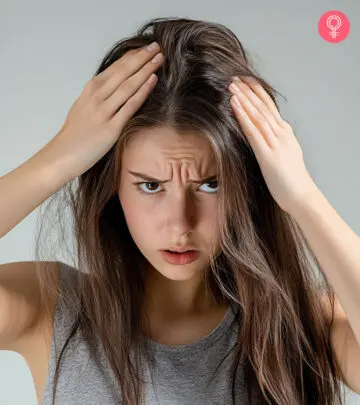
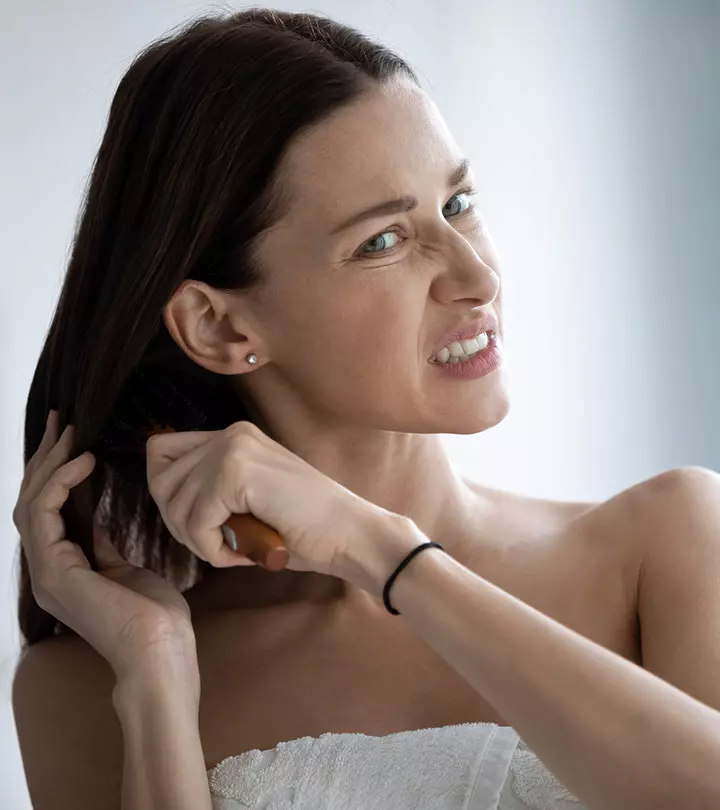
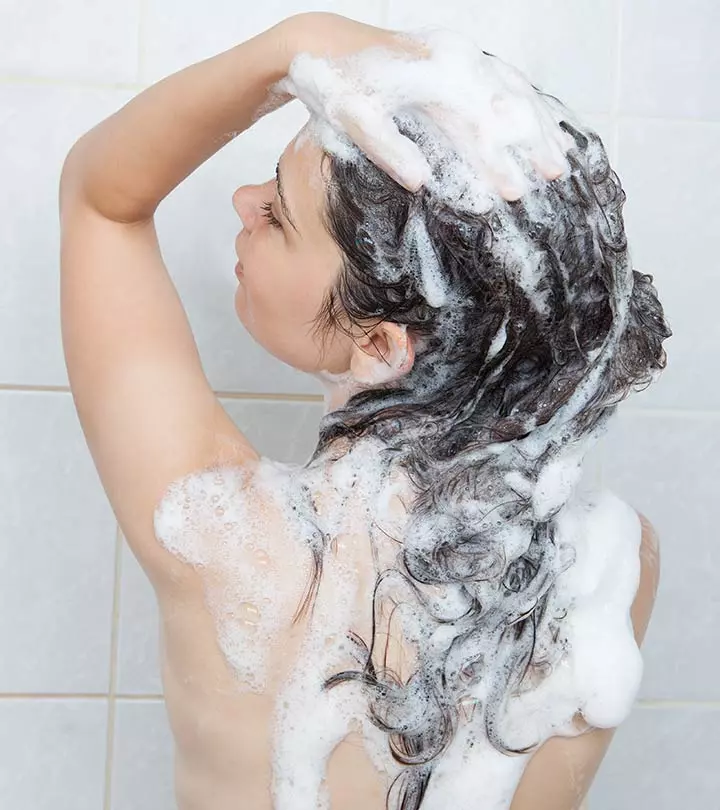
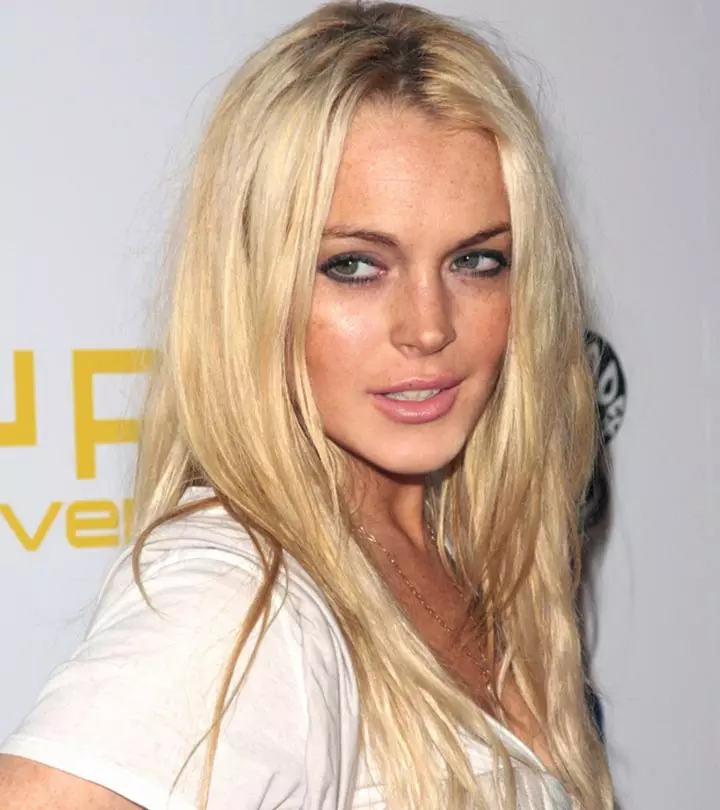
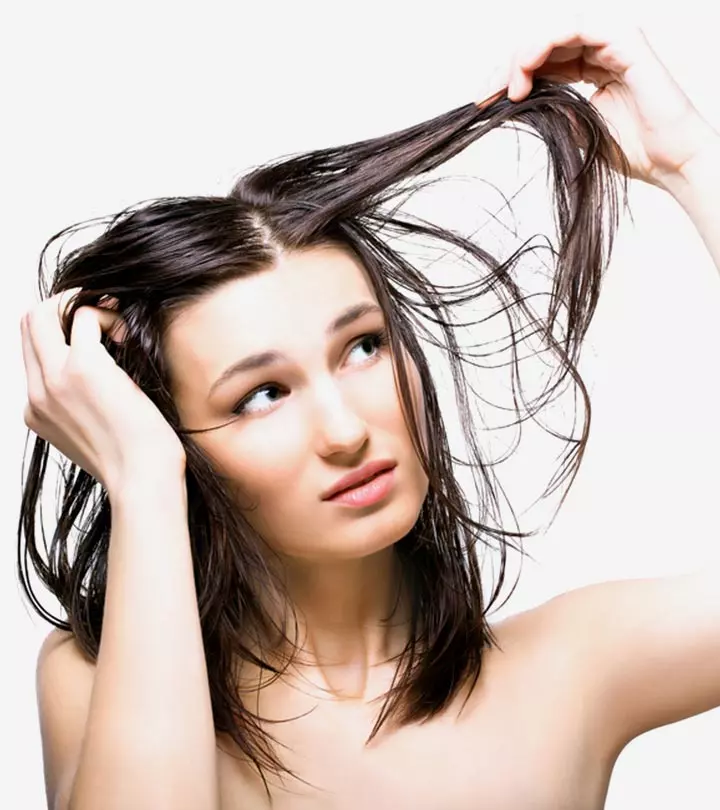
Community Experiences
Join the conversation and become a part of our empowering community! Share your stories, experiences, and insights to connect with other beauty, lifestyle, and health enthusiasts.